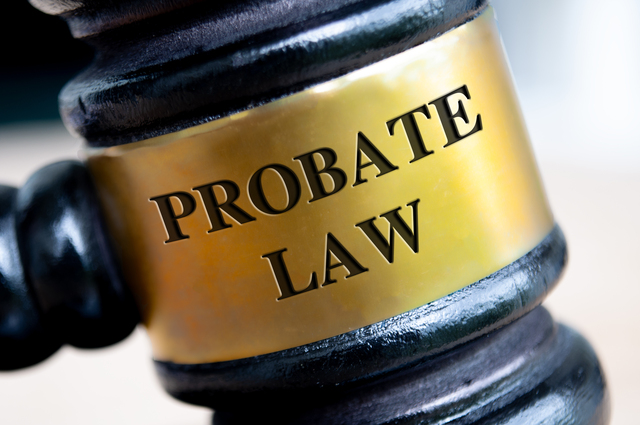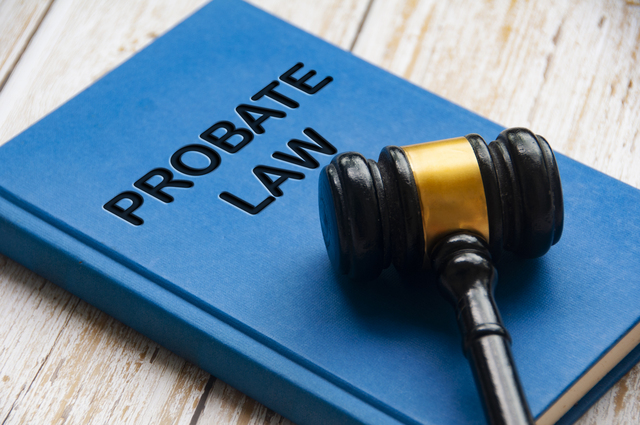
The process of probate can seem daunting and overwhelming, especially during a time of grief. Probate is the legal procedure through which a deceased person’s estate is properly distributed to heirs and designated beneficiaries and any debt owed to creditors is paid off. This comprehensive guide aims to demystify the probate process, providing clear, step-by-step instructions and helpful information to support families navigating this complex legal journey.
What is Probate?
Probate is the legal process that takes place after someone dies. It involves the following steps:
- Validating the Will: Ensuring the deceased’s will is authentic and valid.
- Appointing an Executor: Assigning an executor to manage the estate.
- Identifying Assets: Cataloging all assets and property.
- Paying Debts and Taxes: Settling any outstanding debts and taxes.
- Distributing the Remaining Assets: Distributing the remaining assets to the rightful beneficiaries as per the will or state law if no will exists.
Step-by-Step Guide to the Probate Process
1. Locating and Filing the Will
The first step in the probate process is to locate the deceased person’s will. This document outlines how they wanted their estate to be handled. The executor, named in the will, is responsible for filing the will with the probate court to begin the probate process.
- File a Petition: The executor must file a petition with the probate court to be officially appointed.
- Notify Heirs and Beneficiaries: Notify all interested parties of the probate proceeding.
- Publish a Notice: Publish a notice in the local newspaper to inform creditors and any other interested parties.
2. Appointing an Executor or Administrator
The probate court will officially appoint the executor named in the will. If there is no will, the court will appoint an administrator, typically a close relative, to handle the estate.
- Oath of Office: The executor or administrator must take an oath of office.
- Obtain a Bond: In some cases, the executor must obtain a bond to protect the estate’s assets.
3. Identifying and Valuing Assets
The executor is responsible for identifying and taking inventory of all the deceased person’s assets. This includes real estate, personal property, bank accounts, investments, and any other valuables.
- Appraise Assets: Some assets may need to be appraised to determine their fair market value.
- Secure Property: The executor must secure and manage the estate’s property during the probate process.
4. Paying Debts and Taxes
Before distributing any assets to beneficiaries, the executor must ensure all debts and taxes are paid. This includes:
- Notifying Creditors: Inform creditors of the deceased’s passing and the probate process.
- Settling Debts: Pay off any outstanding debts and claims against the estate.
- Filing Taxes: File the deceased’s final income tax return and any estate taxes due.
5. Distributing the Estate
Once all debts and taxes are settled, the executor can distribute the remaining assets according to the will or state law if no will exists.
- Transfer Titles: Transfer ownership of real estate and other property to the beneficiaries.
- Distribute Cash and Personal Property: Allocate cash and personal belongings as specified in the will.

“Understanding the probate process, probate court and you legal rights can allow you to focus more on other areas affecting your life and protect you from being taken advantage of. In addition, while its important to have at least a basic understanding of probate law, getting professional legal help can be extremely beneficial in keeping yourself and loved ones assets safe.”
Common Challenges in Probate
Navigating the probate process can be challenging, with several potential obstacles:
- Contested Wills: Heirs or beneficiaries may dispute the validity of the will, leading to legal battles.
- Complex Estates: Estates with multiple properties, businesses, or investments can complicate the process.
- Outstanding Debts: Large or numerous debts can delay the distribution of assets.
Avoiding Probate
In some cases, families may wish to avoid probate to simplify the estate distribution process. Here are a few methods to consider:
- Living Trust (aff): A living trust allows assets to be transferred to beneficiaries without going through probate.
- Joint Ownership: Property owned jointly with rights of survivorship passes directly to the surviving owner.
- Beneficiary Designations: Naming beneficiaries on accounts like life insurance and retirement funds can bypass probate.
Conclusion
The probate process, while complex, ensures the orderly distribution of a deceased person’s estate. By understanding each step and preparing accordingly, families can navigate probate more smoothly. Executors play a crucial role in managing and settling the estate, ensuring debts are paid, and assets are distributed according to the deceased’s wishes.














